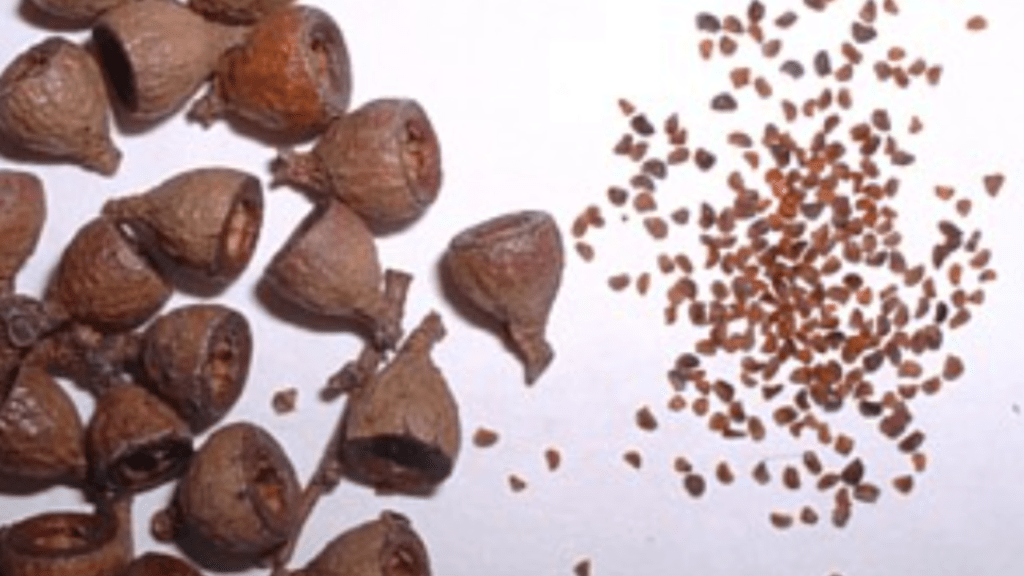
Eucalyptus Plant Seeds: How to Grow Your Own Eucalyptus Trees
Eucalyptus plant seeds are a great way to start growing your own eucalyptus trees. These trees are not only beautiful to look at, but they also have a variety of practical uses. The first step in growing your own eucalyptus trees is to start with the right seeds. Look for high-quality eucalyptus plant seeds from a reputable supplier. Once you have your seeds, it’s important to plant them in well-drained soil and provide them with plenty of sunlight. Eucalyptus trees thrive in warm, sunny climates, so make sure to choose a location in your garden that receives plenty of sunlight throughout the day. Additionally, it’s important to water the seeds regularly and provide them with the proper nutrients to help them grow strong and healthy. With the right care and attention, you can successfully grow your own eucalyptus trees and enjoy their many benefits in your garden.
Table of Contents
ToggleUnderstanding Eucalyptus Plants
Eucalyptus plants are not only beautiful to look at, but they also have a variety of practical uses. These trees are known for their aromatic leaves and are commonly used in medicinal and aromatic products. Eucalyptus oil, derived from the leaves of the plant, is known for its antibacterial and decongestant properties. In addition to their medicinal uses, eucalyptus trees can also be used for timber, paper production, and as ornamental plants in gardens. When it comes to growing your own eucalyptus trees, it’s important to start with high-quality seeds from a reputable supplier. Plant the seeds in well-drained soil, provide plenty of sunlight, and water and nourish the seeds regularly to help them grow strong and healthy. With the right care and attention, you can successfully grow your own eucalyptus trees and enjoy their many benefits in your garden.
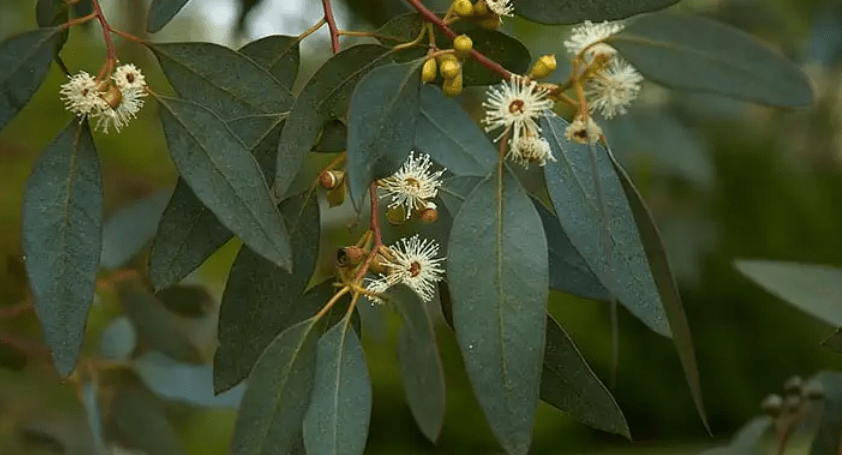
Describe the eucalyptus plant, including its botanical characteristics.
Eucalyptus plants are a diverse genus of flowering trees and shrubs in the myrtle family, Myrtaceae. They are native to Australia and are well-known for their distinctive and aromatic leaves. The leaves of the eucalyptus plant contain volatile oils that are responsible for their characteristic scent and are commonly used in medicinal and aromatic products. The trees typically have smooth, colorful bark that sheds in long strips, and they produce small white, cream, or pink flowers. Eucalyptus trees are also known for their fast growth and can reach heights of up to 300 feet. They are widely cultivated for their timber, paper production, and ornamental purposes in gardens. In addition, eucalyptus oil, extracted from the leaves, is popular for its antibacterial, antiviral, and decongestant properties and is commonly used in aromatherapy and natural remedies. When growing eucalyptus, it is important to provide well-drained soil, ample sunlight, and regular watering to ensure their healthy growth. With the right care, eucalyptus plants can thrive and provide a variety of practical and aesthetic benefits.
Discuss the various species of eucalyptus and their specific uses.
There are over 700 species of eucalyptus, each with its own unique characteristics and uses. Some popular species include Eucalyptus globulus, which is known for its medicinal properties and is commonly used in cough drops and decongestants. Eucalyptus citriodora, or lemon-scented eucalyptus, is often used in insect repellents and fragrances due to its strong citrus scent. Eucalyptus camaldulensis, also known as river red gum, is prized for its timber and is used in construction, furniture, and paper production. Eucalyptus dives, or broad-leaved peppermint, is used in essential oils for its calming and soothing effects.
Each species of eucalyptus has its own specific uses and benefits, making them versatile and valuable plants. Whether it’s for medicinal purposes, timber production, or simply for their aromatic qualities, eucalyptus trees have a wide range of applications and are an important species in many ecosystems.
Benefits of Growing Eucalyptus from Seeds
Explain the advantages of starting eucalyptus plants from seeds.
There are several advantages to starting eucalyptus plants from seeds. First, it allows you to have a wider variety of eucalyptus species to choose from, as there are over 700 different species. Starting from seeds also gives you the opportunity to grow eucalyptus trees that are well-suited to your specific climate and soil conditions. Additionally, growing from seeds allows you to have a deeper understanding of the plant’s life cycle and can be a rewarding experience for gardeners. Starting from seeds is also more cost-effective than purchasing mature eucalyptus trees, and it gives you the satisfaction of watching the plant grow from its earliest stages. Overall, starting eucalyptus plants from seeds gives you more control over the growth and development of the trees and can lead to a greater sense of satisfaction and achievement.
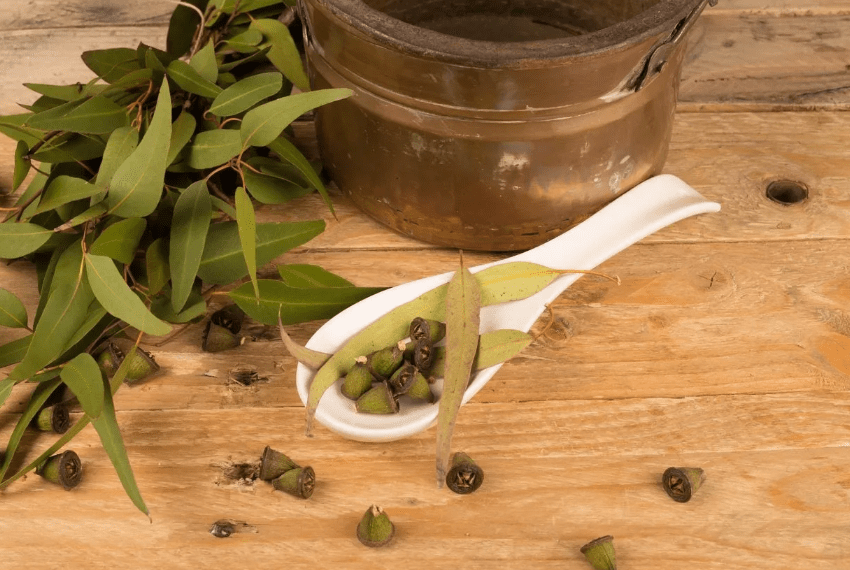
Discuss the cost-effectiveness and satisfaction of growing eucalyptus at home.
Growing eucalyptus at home can be a cost-effective and satisfying endeavor. Starting eucalyptus plants from seeds allows you to have a wider variety of eucalyptus species to choose from, as there are over 700 different species. This gives you the opportunity to select species that are well-suited to your specific climate and soil conditions, leading to healthier and more successful growth. Additionally, growing from seeds is more cost-effective than purchasing mature eucalyptus trees, as you can start with just a few seeds and watch them grow into trees over time. This gives you the satisfaction of being able to nurture and care for the plants from their earliest stages, and can be a rewarding experience for gardeners. Overall, growing eucalyptus at home from seeds provides more control over the growth and development of the trees, while also leading to a greater sense of satisfaction and achievement.
Selecting the Right Eucalyptus Plant Seeds
Provide tips on choosing high-quality eucalyptus seeds.
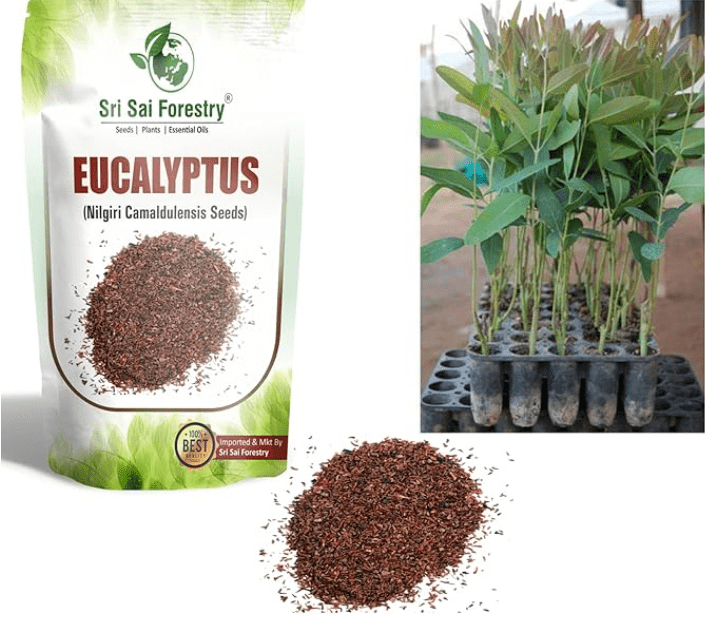
When choosing high-quality eucalyptus seeds, it’s important to consider factors such as the age and storage conditions of the seeds. Look for seeds that are relatively fresh, as older seeds may have a lower germination rate. Additionally, seeds that have been stored in cool, dry conditions are more likely to be viable and produce healthy plants. It’s also a good idea to purchase seeds from reputable suppliers who specialize in eucalyptus seeds, as they are more likely to provide high-quality products. Lastly, consider the specific species of eucalyptus you are interested in and make sure to choose seeds that are well-suited to your climate and growing conditions. Taking these factors into consideration will help you select high-quality eucalyptus seeds for successful and satisfying home cultivation.
Discuss reputable sources for purchasing seeds, including nurseries and online suppliers.
When it comes to selecting the right eucalyptus plant seeds, it’s important to consider a few factors to ensure you are choosing high-quality seeds. First, look for seeds that are relatively fresh, as older seeds may have a lower germination rate. Additionally, consider the storage conditions of the seeds – seeds that have been stored in cool, dry conditions are more likely to be viable and produce healthy plants. It’s also a good idea to purchase seeds from reputable suppliers who specialize in eucalyptus seeds, as they are more likely to provide high-quality products. Online suppliers and nurseries that have a good reputation for providing reliable seeds are great options to consider. Lastly, consider the specific species of eucalyptus you are interested in and make sure to choose seeds that are well-suited to your climate and growing conditions. Taking these factors into consideration will help you select high-quality eucalyptus seeds for successful and satisfying home cultivation.
Preparing for Planting
Detail the steps for preparing the soil and planting area for eucalyptus seeds.
To prepare the soil and planting area for eucalyptus seeds, start by choosing a location that receives full sunlight and has well-draining soil. Remove any weeds or other vegetation from the area and loosen the soil to a depth of about 12 inches. This will help the roots of the eucalyptus plants to establish and grow well.
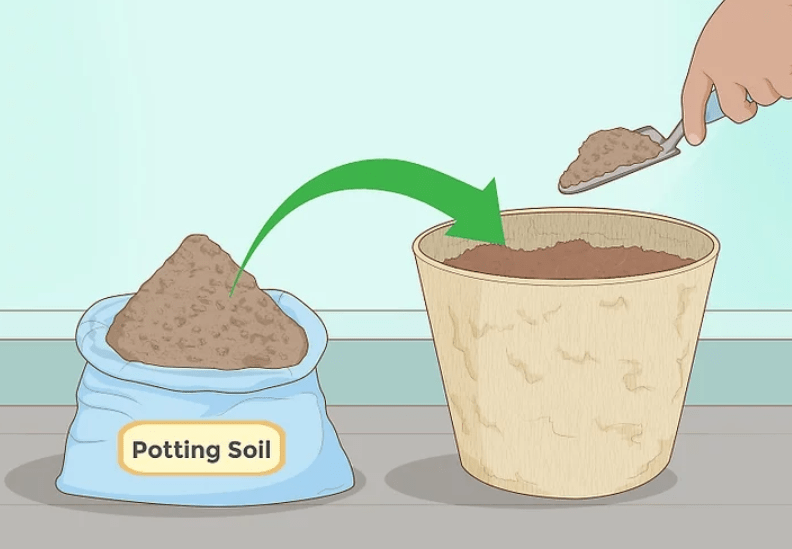
Next, mix in some organic matter, such as compost, to improve the soil’s fertility and structure. Eucalyptus plants prefer slightly acidic soil, so you may also want to test the soil pH and adjust it if necessary.
Once the soil is prepared, create small holes or furrows in the soil for planting the eucalyptus seeds. Plant the seeds at a depth of about twice their diameter, and then lightly cover them with soil. Water the area thoroughly after planting to ensure good seed-to-soil contact and to help initiate germination.
It’s important to keep the soil consistently moist but not waterlogged while the seeds are germinating and as the seedlings are establishing. Pay attention to any specific watering and care instructions for the particular species of eucalyptus you are growing.
As the eucalyptus seedlings grow, provide them with regular water, and consider applying a balanced fertilizer to support their growth. With proper care and maintenance, your eucalyptus seeds should germinate and grow into healthy, robust plants.
Discuss the ideal growing conditions, including soil type, pH, sunlight, and temperature.
Eucalyptus trees thrive in well-drained soil with a slightly acidic to neutral pH. They prefer full sunlight and can tolerate a wide range of temperatures, but they do best in warm, Mediterranean-like climates. When planting eucalyptus seeds, it’s important to prepare the soil by loosening it and removing any weeds or debris. Once the soil is prepared, create small holes or furrows in the soil for planting the eucalyptus seeds. Plant the seeds at a depth of about twice their diameter, and then lightly cover them with soil. Water the area thoroughly after planting to ensure good seed-to-soil contact and to help initiate germination. It’s important to keep the soil consistently moist but not waterlogged while the seeds are germinating and as the seedlings are establishing. Pay attention to any specific watering and care instructions for the particular species of eucalyptus you are growing. As the eucalyptus seedlings grow, provide them with regular water, and consider applying a balanced fertilizer to support their growth. With proper care and maintenance, your eucalyptus seeds should germinate and grow into healthy, robust plants.
Explain the importance of soil preparation, including drainage and fertility.
Soil preparation is crucial for the successful growth of eucalyptus plants. Proper soil preparation ensures that the plants have the necessary nutrients and drainage for healthy growth. Before planting eucalyptus seeds, it’s important to ensure that the soil is well-drained and fertile. This can be achieved by adding organic matter such as compost or well-rotted manure to improve the soil structure and fertility. Additionally, good drainage is essential to prevent waterlogging, which can be detrimental to the health of the plants. Once the soil is prepared, creating small holes or furrows for planting the eucalyptus seeds at the appropriate depth is crucial. After planting, thorough watering is necessary to ensure good seed-to-soil contact and to initiate germination. Throughout the germination and establishment of the seedlings, it’s important to keep the soil consistently moist but not waterlogged. Regular watering and the application of a balanced fertilizer can support the growth of the eucalyptus seedlings. By providing proper care and maintenance, the eucalyptus seeds should germinate and grow into healthy, robust plants.
How to Plant Eucalyptus Seeds
Provide a step-by-step guide on planting eucalyptus seeds.
Step 1: Prepare the soil
Start by adding organic matter such as compost or well-rotted manure to improve the soil structure and fertility. Good drainage is essential to prevent waterlogging, so make sure the soil is well-draining.
Step 2: Plant the seeds
Create small holes or furrows in the soil for planting the eucalyptus seeds at the appropriate depth. It’s important to follow the instructions on the seed packet for the correct planting depth.
Step 3: Water the seeds
After planting, thoroughly water the area to ensure good seed-to-soil contact and to initiate germination. Keep the soil consistently moist but not waterlogged throughout the germination and establishment of the seedlings.
Step 4: Provide care and maintenance
Regular watering and the application of a balanced fertilizer can support the growth of the eucalyptus seedlings. Keep an eye on the soil moisture and adjust watering as needed to keep the soil consistently moist but not waterlogged.
By following these steps and providing proper care and maintenance, the eucalyptus seeds should germinate and grow into healthy, robust plants.
Discuss seed preparation techniques, such as soaking or scarification, if necessary.
Seed preparation techniques such as soaking or scarification can be necessary for certain types of seeds, including eucalyptus seeds. Soaking the seeds in water for a period of time can help to soften the seed coat and improve germination rates. Scarification, on the other hand, involves making small cuts or abrasions in the seed coat to allow moisture to penetrate and initiate the germination process. It is important to research the specific requirements for the type of seeds you are planting and follow the appropriate preparation techniques to maximize germination success. By taking the time to properly prepare the seeds before planting, you can set the stage for healthy and successful growth of your eucalyptus plants.
Transplanting Eucalyptus Seedlings
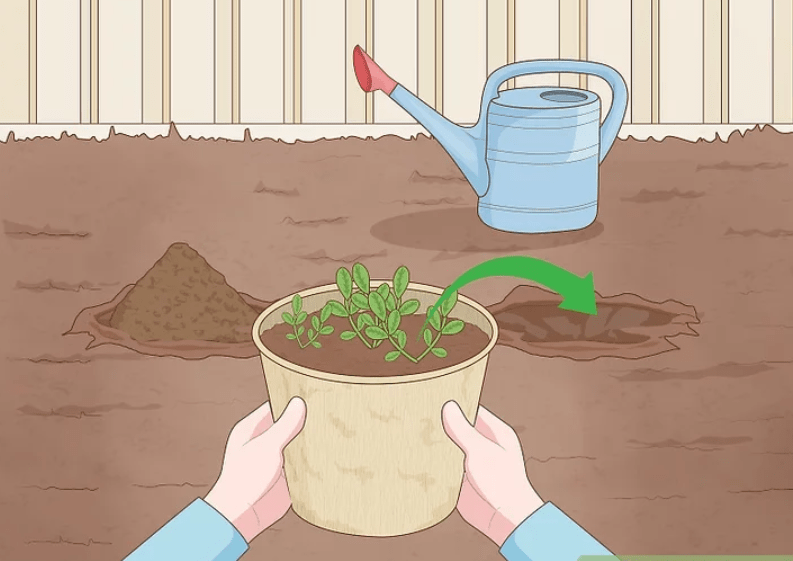
Can be a delicate process, but with the right techniques and care, you can ensure the successful growth of your eucalyptus plants. First, it is important to choose a suitable location with well-draining soil and plenty of sunlight for transplanting. Next, carefully remove the seedlings from their original containers, being sure to disturb the roots as little as possible. Gently place the seedlings into their new planting holes and backfill with soil, ensuring that the roots are well covered. Water the newly transplanted seedlings thoroughly to help them establish in their new environment. It is important to continue providing regular water and proper care to promote healthy growth and development. With these steps and proper care, your eucalyptus seedlings should thrive and grow into strong, vibrant plants.
Caring for Eucalyptus Plants
Detail the ongoing care requirements for eucalyptus trees, including watering, fertilizing, and pruning.
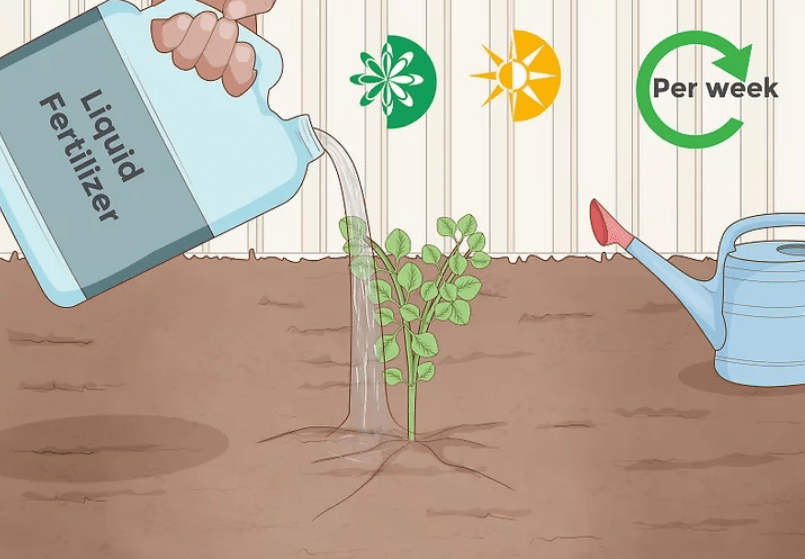
Eucalyptus trees require ongoing care to ensure their health and growth. Proper watering is essential, especially during the first year after transplanting. Water the trees deeply, but infrequently, allowing the soil to dry out between watering to encourage deep root growth. Eucalyptus trees also benefit from regular fertilization, particularly during the growing season. Use a balanced fertilizer to provide essential nutrients and promote healthy foliage and growth. Additionally, pruning eucalyptus trees is important to maintain their shape and encourage strong, sturdy growth. Remove any dead or damaged branches and thin out dense growth to improve air circulation and sunlight penetration. With consistent care, eucalyptus trees can thrive and beautify your landscape for years to come.
Discuss common pests and diseases and how to manage them.
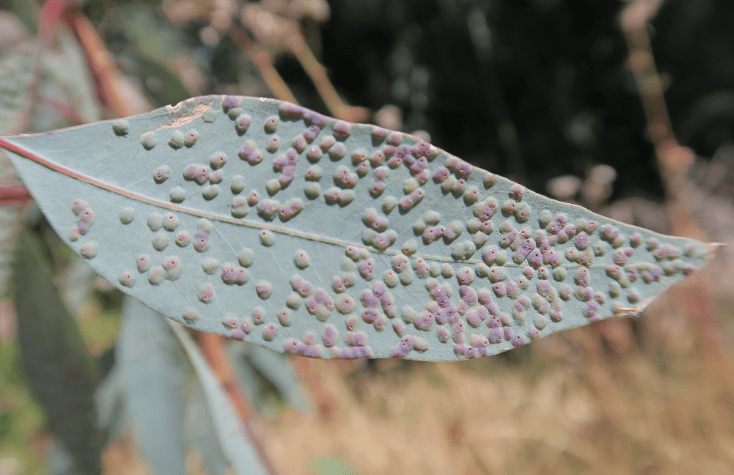
Eucalyptus trees are susceptible to pests and diseases, so it’s important to be proactive in managing them. Common pests include eucalyptus longhorned borers, psyllids, and eucalyptus gall wasps. These pests can cause damage to the tree, so it’s important to monitor for any signs of infestation and take appropriate action. There are also diseases such as eucalyptus rust and powdery mildew that can impact the health of the tree. To manage these issues, it’s important to maintain good sanitation practices, such as removing and disposing of infected plant material. Additionally, applying fungicides and insecticides can help to control the spread of diseases and pests. It’s also important to provide proper care for the trees, such as watering, fertilizing, and pruning, to promote their overall health and resilience against pests and diseases. By staying vigilant and taking proactive measures, you can effectively manage common pests and diseases to ensure the health and longevity of your eucalyptus trees.
Highlight the importance of mulching and weed control for young plants.
Mulching and weed control are essential for the health and growth of young plants. Mulch helps to retain moisture in the soil, suppress weeds, and regulate soil temperature, which is crucial for the development of young plants. It also provides a protective layer that insulates the roots from extreme temperatures and prevents soil erosion. Weed control is important because competing weeds can deprive young plants of water, nutrients, and sunlight, hindering their growth. By removing weeds and applying mulch, you can create an optimal environment for young plants to thrive. Additionally, mulch can also act as a barrier to prevent pests and diseases from affecting the plants. Overall, implementing proper mulching and weed control practices is essential for the successful growth and establishment of young plants.
Pruning and Maintenance
Explain the importance of regular pruning to maintain healthy growth.
Pruning is an important aspect of maintaining healthy plant growth. Regular pruning helps to remove dead or diseased branches, improve air circulation, and promote new growth. It also helps to shape the plant and encourage a strong structure. By removing dead or overgrown branches, you can prevent potential disease or pest infestations, and allow the plant to allocate its resources more efficiently. Pruning also stimulates the development of new buds and shoots, leading to a fuller and more vibrant plant. Additionally, regular maintenance through pruning can help to control the size and shape of the plant, ensuring that it remains in proportion to its surroundings. Overall, regular pruning is essential for the overall health and vitality of plants, promoting strong growth and a beautiful appearance.
Discuss techniques for shaping eucalyptus trees and promoting strong structure.
One technique for shaping eucalyptus trees and promoting a strong structure is to use selective pruning. This involves removing specific branches to encourage a more balanced and symmetrical shape. It is important to identify any weak or poorly attached branches and remove them to prevent potential safety hazards in the future. Additionally, you can use the natural growth pattern of the tree to guide your pruning, ensuring that you are encouraging healthy growth and structure.
Another technique is to use proper pruning tools to make clean and precise cuts. This helps to minimize damage to the tree and promotes quicker healing of the wounds. It is important to use sharp and clean pruning tools to prevent tearing or crushing of the branches, which can lead to potential disease or pest infestations.
Additionally, it is important to consider the timing of pruning for eucalyptus trees. It is best to avoid heavy pruning during the peak growing season, as this can put unnecessary stress on the tree. Instead, aim to prune during the dormant season or early spring to promote healthy growth and recovery.
Harvesting and Using Eucalyptus
Trees can be a rewarding and beneficial process. When harvesting eucalyptus leaves, it is important to cut the leaves and branches at an angle to encourage new growth and prevent damage to the tree. Once harvested, the leaves can be used in a variety of ways such as making essential oils, herbal teas, and even as a natural insect repellent. Eucalyptus oil is known for its healing and soothing properties and can be used in aromatherapy, as well as in homemade cleaning products and skincare. Additionally, eucalyptus leaves can be dried and used in herbal teas to help with respiratory issues and to promote overall wellness. When using eucalyptus leaves, it is important to do so in moderation and consult with a healthcare professional if using them for medicinal purposes. Overall, harvesting and using eucalyptus can be a sustainable and beneficial practice for both personal use and for the health of the tree.
In conclusion, growing eucalyptus trees from seeds can be a rewarding and beneficial experience. Not only do they provide a beautiful and aromatic addition to your garden, but they also have a variety of practical uses, such as producing essential oils or providing shade and shelter for wildlife. By following the proper planting and care techniques, you can successfully grow your own eucalyptus trees and enjoy the many benefits they have to offer.
Frequently asked questions And Answer
Eucalyptus seeds should be planted in well-draining soil, and lightly covered with a thin layer of soil. Keep the soil consistently moist, but not waterlogged, until the seeds germinate.
Eucalyptus seeds can take anywhere from 14 to 21 days to germinate, depending on the specific species and growing conditions.
Eucalyptus trees thrive in warm, temperate climates with plenty of sunlight. They are drought-tolerant once established, but young trees may need regular watering.
Eucalyptus trees can grow to varying heights, depending on the species. Some varieties can reach up to 60 meters (200 feet) in height.
While it is possible to grow eucalyptus trees indoors, they require a lot of sunlight and space to grow. It’s best to grow them outdoors in a suitable climate.
Eucalyptus trees are relatively low-maintenance once established. They are resistant to pests and diseases, and only require occasional pruning to maintain their shape.
Eucalyptus trees can take several years to reach full maturity, depending on the species and growing conditions.
Eucalyptus leaves contain oils that have been traditionally used for their medicinal properties, such as for respiratory issues and as an insect repellent. However, it’s important to consult with a healthcare professional before using eucalyptus for medicinal purposes.
